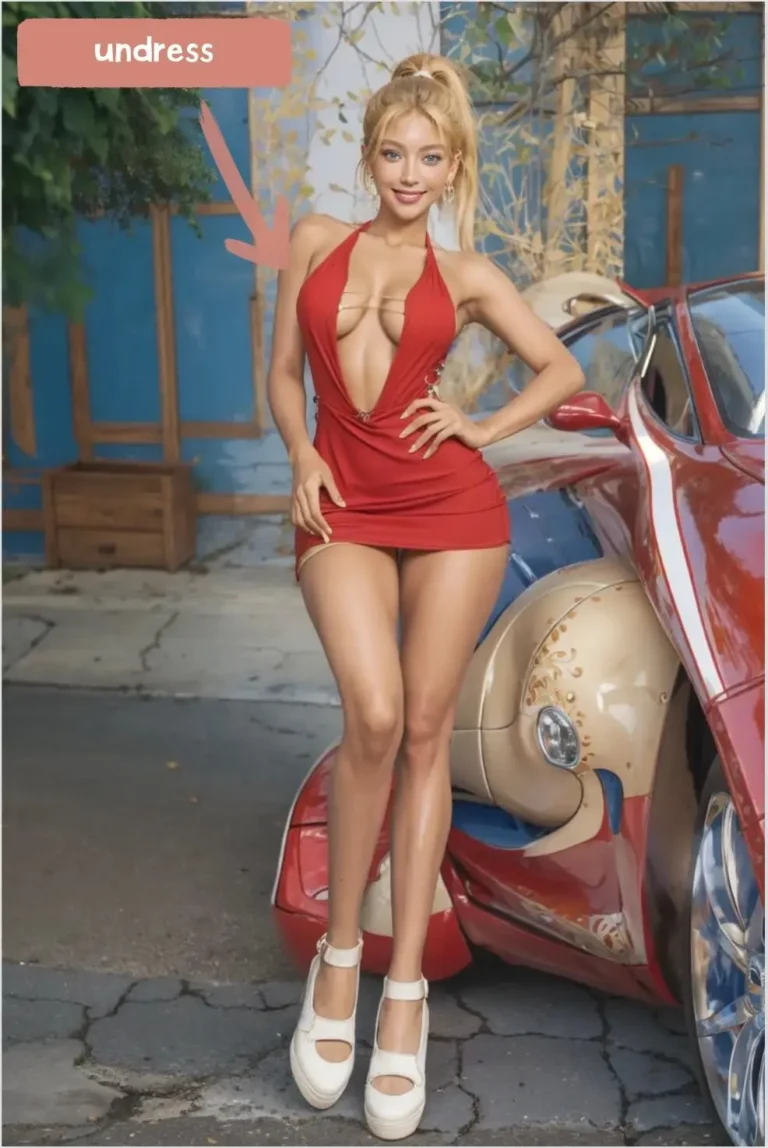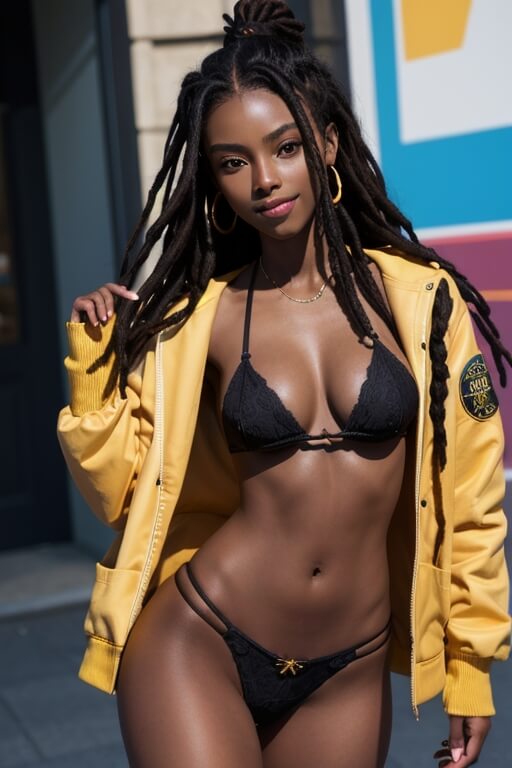Is it possible to digitally strip away clothing, revealing what lies beneath with startling realism? The evolution of Undress AI tools in 2025 has made this a chilling reality, offering both breathtaking possibilities and deeply troubling implications.
These technologies, fueled by sophisticated artificial intelligence, are capable of manipulating images and videos to simulate the removal of clothing, a feat previously relegated to the realm of fantasy. This guide delves into the complex world of Undress AI, exploring its capabilities, applications, and the ethical minefield it traverses. From entertainment to fashion, the potential uses are diverse, but the potential for misuse is equally significant. Prepare to navigate the top 21 Undress AI tools available in 2025, weighing the pros and cons of each in this ever-evolving landscape.
Undress AI, in its essence, represents a convergence of advanced image editing techniques and artificial intelligence. These tools employ deep learning and computer vision to analyze and modify images, effectively simulating the removal of clothing. The results can be remarkably realistic, blurring the lines between reality and digital manipulation. This technology has sparked both fascination and concern, raising critical questions about privacy, consent, and the potential for abuse.
| Aspect | Details |
|---|---|
| Definition | Artificial intelligence systems designed to process and modify images or videos, primarily to simulate the removal of clothing or alter body forms. |
| Technology Used | Deep learning, machine learning, computer vision, and sophisticated image processing algorithms. |
| Primary Function | To digitally manipulate images, creating virtual clothing removal effects. |
| Applications | Entertainment, novelty purposes, fashion (potentially), and areas where image manipulation is explored. |
| Ethical Concerns | Potential for misuse, privacy violations, non-consensual image generation, and the spread of harmful content. |
| Popular Tools (Examples) | Undress.app, Nudify AI, Undress.cc, DeepNude AI (2025), Undress Her, ClothOff app, ShirtUp Video Bot, @OKbra Bot, @Video Nude. |
| Reference Website | Best AI Tools |
The Undress AI landscape is populated by various tools, each offering a unique set of features and capabilities. Some are available as web applications, others as mobile apps, and some even operate through platforms like Telegram. The quality of the results can vary significantly, with some tools producing more realistic and convincing outcomes than others. The best apps tend to leverage cutting-edge AI algorithms to minimize artifacts and ensure a seamless visual experience. While the primary function of these tools is to digitally remove clothing, the applications extend beyond entertainment and can include more sensitive areas, prompting much-needed scrutiny.
One prominent platform is Undress.app, which allows users to generate unclothed images. This platform is designed to offer a balance between ease of use and high-quality output, making it a popular choice for those who wish to test the boundaries of digital manipulation. While the platform emphasizes safe and confidential usage, the potential for misuse remains a persistent concern.
Another interesting application is Nudify AI, which has also gained popularity, with a growing user base. While the details of the algorithm might be proprietary, the core function remains the same: removing clothing from existing images, and outputting new altered images. This kind of AI has many limitations, and is constantly evolving, it will be interesting to see where these tools end up in the coming years.
Further, various Telegram bots such as @OKbra and @Video Nude provide quick and accessible options, allowing users to manipulate images directly through the messaging platform. The ease of access of these bots contributes to the wide-spread exposure of Undress AI tools.
The ethical considerations surrounding Undress AI are substantial. The potential for misuse is significant, including the non-consensual creation of explicit images, the spread of false information, and the potential for reputational damage. The anonymity offered by some platforms and the ability to manipulate images with relative ease raises significant concerns about privacy violations and the potential for malicious intent. Legal and regulatory frameworks are struggling to keep pace with the rapid advancements in this technology, creating a complex and challenging environment.
The use of Undress AI in the fashion industry could theoretically offer new ways of visualizing clothing on different body types or creating virtual try-on experiences. However, the ethical implications of such applications must be carefully considered. The potential for exploiting the technology to create unrealistic beauty standards or to perpetuate harmful stereotypes must be mitigated through responsible design and deployment. Further, the potential for intellectual property infringement related to the use of AI-generated imagery is a growing concern.
The evolution of Undress AI represents a pivotal moment in the intersection of technology, ethics, and societal norms. As the capabilities of these tools continue to improve, it is imperative that developers, users, and policymakers engage in a thoughtful dialogue about the responsible development and deployment of this technology. This includes establishing clear guidelines for usage, implementing robust safeguards against misuse, and promoting media literacy to help individuals differentiate between authentic and manipulated images. The future of Undress AI will depend on our ability to navigate this complex landscape and address the ethical challenges it presents.
In summary, the Undress AI domain comprises a spectrum of tools, each differing in their specific features, pricing structure, and intended applications. The selection of the best tool hinges on user needs, desired outcomes, and the ethical parameters observed. Given the rapidly evolving nature of AI, the landscape of these tools is subject to frequent revisions, advancements, and the emergence of new platforms.



